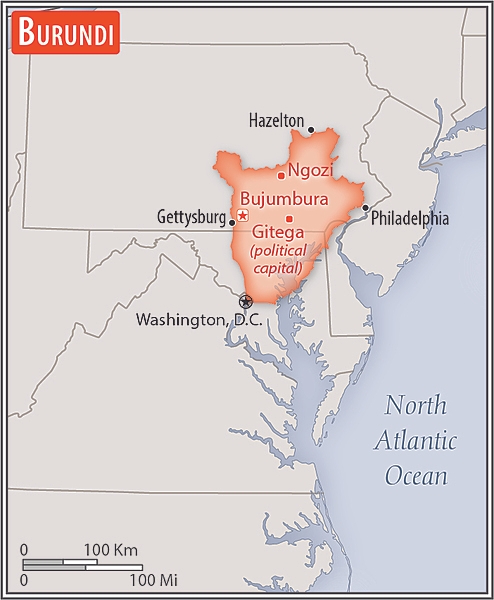Introduction
Visit the Definitions and Notes page to view a description of each topic.
Geography
People and Society
Population
comparison rankings: total 77; male 77; female 77
Median age
comparison ranking: total 220
Population growth rate
comparison ranking: 11
Birth rate
comparison ranking: 14
Death rate
comparison ranking: 174
Net migration rate
comparison ranking: 137
Maternal mortality ratio
comparison ranking: 14
Infant mortality rate
comparison ranking: total 36
Life expectancy at birth
comparison ranking: total population 192
Total fertility rate
comparison ranking: 10
Obesity - adult prevalence rate
comparison ranking: 178
Alcohol consumption per capita
comparison ranking: total 95
Tobacco use
comparison ranking: total 134
Children under the age of 5 years underweight
comparison ranking: 5
Education expenditure
comparison ranking: Education expenditure (% GDP) 88
Environment
Carbon dioxide emissions
comparison ranking: total emissions 174
Government
Economy
Real GDP (purchasing power parity)
comparison ranking: 164
Real GDP growth rate
comparison ranking: 99
Real GDP per capita
comparison ranking: 215
Inflation rate (consumer prices)
comparison ranking: 190
GDP - composition, by sector of origin
comparison rankings: agriculture 18; industry 189; services 151
Industrial production growth rate
comparison ranking: 139
Labor force
comparison ranking: 75
Unemployment rate
comparison ranking: 5
Youth unemployment rate (ages 15-24)
comparison ranking: total 185
Gini Index coefficient - distribution of family income
comparison ranking: 57
Taxes and other revenues
comparison ranking: 87
Current account balance
comparison ranking: 112
Reserves of foreign exchange and gold
comparison ranking: 176
Debt - external
comparison ranking: 109
Energy
Electricity
comparison rankings: installed generating capacity 185; consumption 177; imports 112; transmission/distribution losses 33
Energy consumption per capita
comparison ranking: 194
Communications
Telephones - fixed lines
comparison ranking: total subscriptions 182
Telephones - mobile cellular
comparison ranking: total subscriptions 98
Broadband - fixed subscriptions
comparison ranking: total 198




